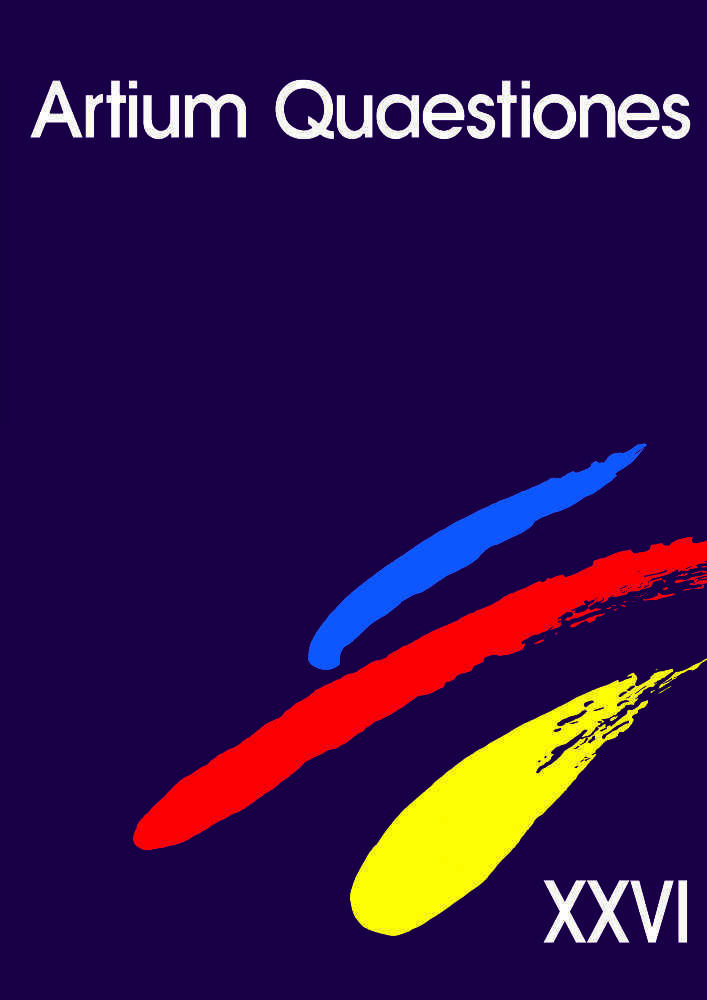Abstrakt
In January 1906, in the turbulent period of 1905–1907, the poet, artist, and social activist Antoni Lange published in the Warsaw weekly Świat an essay called “Marzenia warszawskie” (“The Warsaw Dreams”). A several page text, illustrated with woodcuts by the painter Andrzej Zarzycki, included a spectacular vision of metropolitan Warsaw of the future: a capital city with many public buildings and modern infrastructure, a genuine center of Polish national and cultural life. The present essay analyzes unexamined ideas of Lange in terms of the history of architecture, and in a double political and social context. “The Warsaw Dreams” was deeply rooted in the political reality of the former Kingdom of Poland, addressing the issue of liberalization of the Russian rule during the 1905 revolution. Using the vocabulary of urban planning and making a list of changes in the city’s architecture, Lange articulated a vision of the future space of Warsaw as a Polish metropolis of modernity, administered independently of Russia. In his essays he proposed to extend the city limits and remove its fortifications as well as introduce local government with significant prerogatives as an instrument of Warsaw’s great transformation – its aestheticization and construction of public buildings, such as national government edifices, schools, and cultural centers. The authors argue that by describing public architecture of the future Warsaw as a “dream” full of copies of well-known European architectural monuments from Venice, Prague, and Cracow, Lange created a comprehensive political project of autonomy of the Kingdom of Poland in the Russian empire. “The Warsaw Dreams” originally combined together architecture and politics, urban space and the problems of Polish modernization, and the discourses of nationalism and socialism. Lange’s visionary proposal from 1906 is of the most imaginative responses to the challenges of the development of Warsaw at the turn of the 20th century in the context of Polish political and social problems of those times.
Licencja
Prawa autorskie (c) 2023 Barbara Arciszewska, Makary Górzyński

Utwór dostępny jest na licencji Creative Commons Uznanie autorstwa – Użycie niekomercyjne – Bez utworów zależnych 4.0 Międzynarodowe.
Prawo autorskie regulowane jest oświadczeniem autora przygotowanym przez Wydawnictwo Naukowe UAM a od nr XXVIII także umową licencyjną na publikację online zawartą pomiędzy Autorem i Uniwersytetem im. Adama Mickiewicza. Autorzy ponoszą odpowiedzialność za oryginalność zamieszczanego materiału tekstowego oraz regulację praw autorskich dotyczących materiałów ilustracyjnych. W przypadku, gdy materiały pochodzą od redakcji – odpowiedzialność ponosi redakcja czasopisma.
Ten utwór dostepny jest na licencji Creative Commons Uznanie autorstwa - Użycie niekomercyjne - Bez utworów zależnych 4.0 Międzynarodowe.
